P.N.A.L.M. - Part II
2017
The National Park of Abruzzo, Lazio and Molise is a national park including for the most part (about 3/4) in the province of L'Aquila in Abruzzo and for the remainder in that of Frosinone in Lazio and in that of Isernia in Molise. It was inaugurated on 9 September 1922 in Pescasseroli, the current headquarters and central management of the park, while the body of the same name had already been established on 25 November 1921 with a provisional directorate. Its establishment took place officially with the Royal decree-law of 11 January 1923.
You may also like
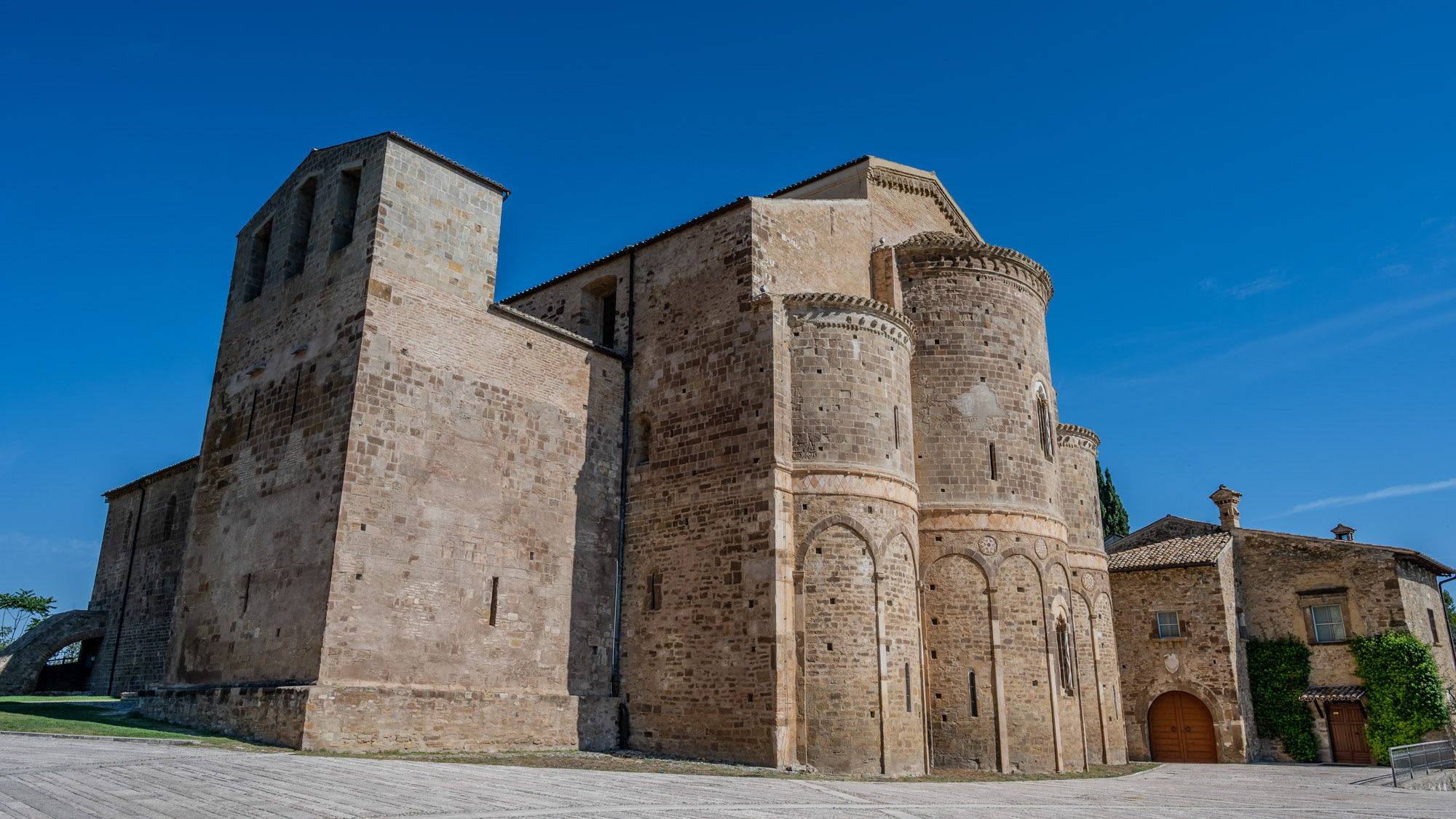
2024
Fossacesia. Abbey of San Giovanni in Venere
It is a Christian monastic complex located in the municipality of Fossacesia, on a hill overlooking the Adriatic Sea. The complex is made up of a basilica and the nearby convent.
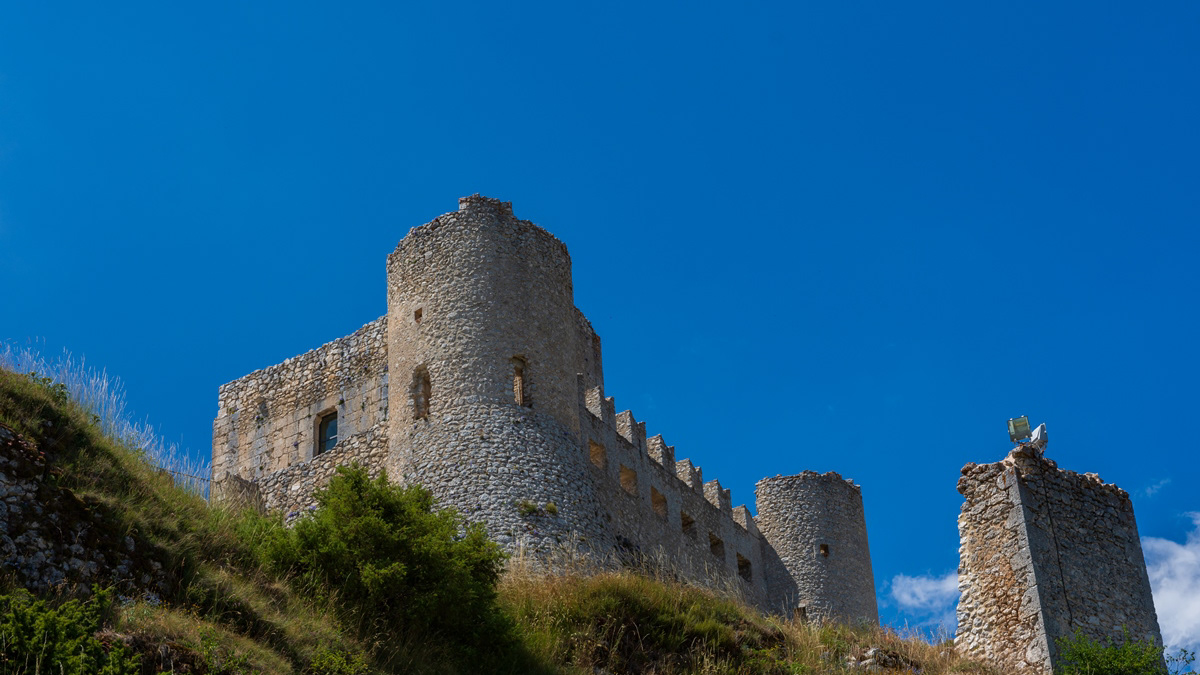
2018
Rocca Calascio (AQ)
Rocca Calascio is a fortress located in Abruzzo, in the province of L'Aquila, in the territory of the municipality of Calascio, at an altitude of 1450 meters above sea level, just above the town. It is included in the Gran Sasso and Monti della Laga National Park. It is known for the presence of the castle, one of the highest in Italy, and the ancient medieval village below, still inhabited by some inhabitants. The Rocca is considered one of the symbols of Abruzzo. The foundation of the fortress is probably due to the will of King Ruggero d'Altavilla after the Norman conquest of 1140 with a prevalent sighting function, even if the first historical document attesting its presence is dated 1239. It was part of Calascio, Castelvecchio Calvisio, Carapelle Calvisio and Santo Stefano di Sessanio of the famous Barony of Carapelle, whose historical events he followed until 1806, the year of the abolition of feudality. Over the centuries, the Pagliara, Plessis, Colonna, Celano, Caldora, Accrocciamuro, Todeschini Piccolomini, Del Pezzo, Cattaneo, Medici and Bourbon families followed one another in the domain. In particular, in 1463 it was granted by King Ferdinand to Antonio Todeschini of the Piccolomini family who modified the fortification by equipping it with a pebble wall and four cylindrical towers for military use, with a Ghibelline battlements. In 1703 it was devastated by a violent earthquake following which the highest area of the village was abandoned and a large part of the population moved to the nearby town of Calascio. In the twentieth century, even the last remaining families left the village and the fortress remained uninhabited. At the end of the century, however, also in the wake of the success deriving from the setting of some films (above all Lady Hawke of 1985 and The Name of the Rose of 1986), some houses were recovered and others were converted to accommodation facilities; Furthermore, the castle has undergone an important restoration and consolidation operation and is now one of the main tourist attractions in the area, thanks to the work of two spouses and their family who have opened a widespread hotel just below the castle.

2025
Crecchio. The Ducal Castle De Riseis-D'Aragona
The castle is composed of four corner towers that enclose as many buildings. It is surrounded by a perimeter of walls that also enclose a garden.
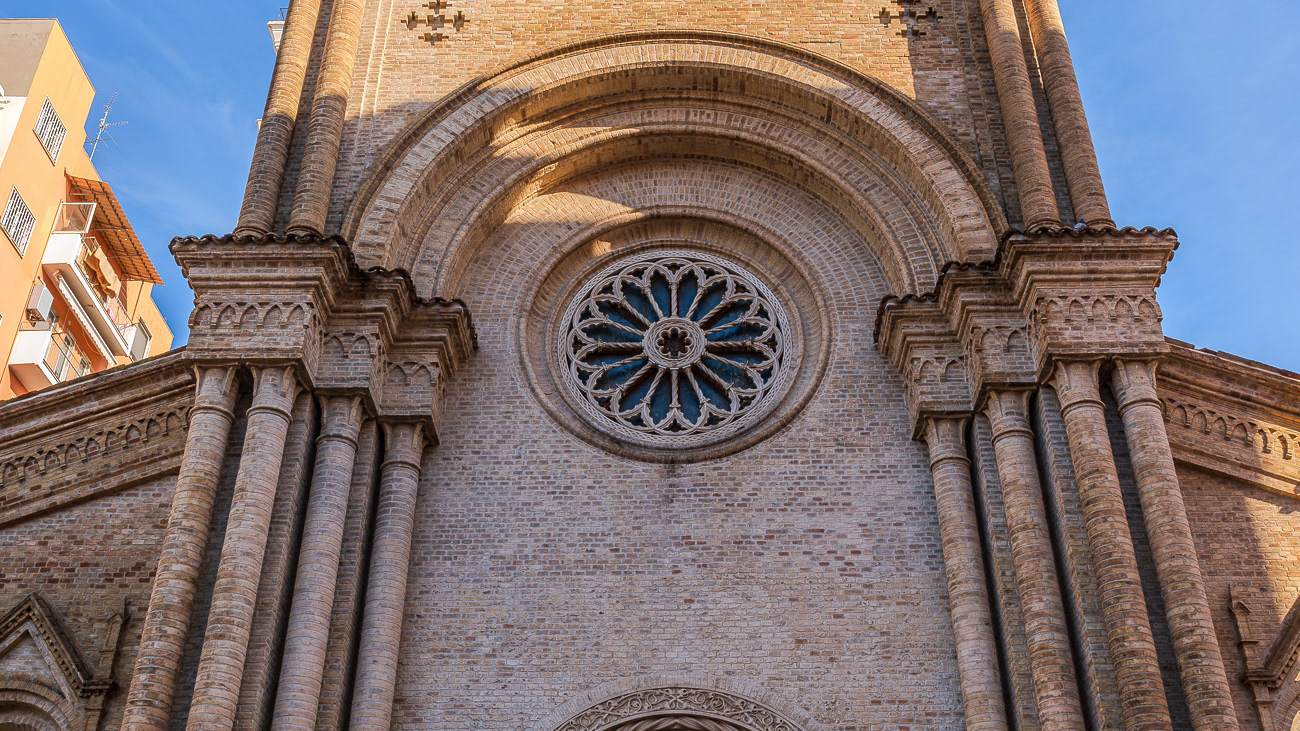
2023
Pescara. Church of the Sacred Heart
It was built in 1886 in neo-Romanesque style. It has a main façade characterized by brick cladding. The interior has three naves, in neo-Romanesque style.
2022
Civitella del Tronto. The Church of S. M. degli Angeli
Wedged between the alleys of the village, the Church of Santa Maria degli Angeli in Civitella del Tronto is, according to some historical sources, the oldest church in the town.
2022
Abruzzo, Italy. Spectacular landscapes
Abruzzo is an Italian region located east of Rome, between the Adriatic and the Apennines. The hinterland is mostly made up of national parks and nature reserves. The region also includes medieval and Renaissance villages perched on the hills. The regional capital, L'Aquila, is a city surrounded by walls, damaged by the earthquake of 2009. The Costa dei Trabocchi, with its sandy coves, takes its name from the traditional fishing jetties.
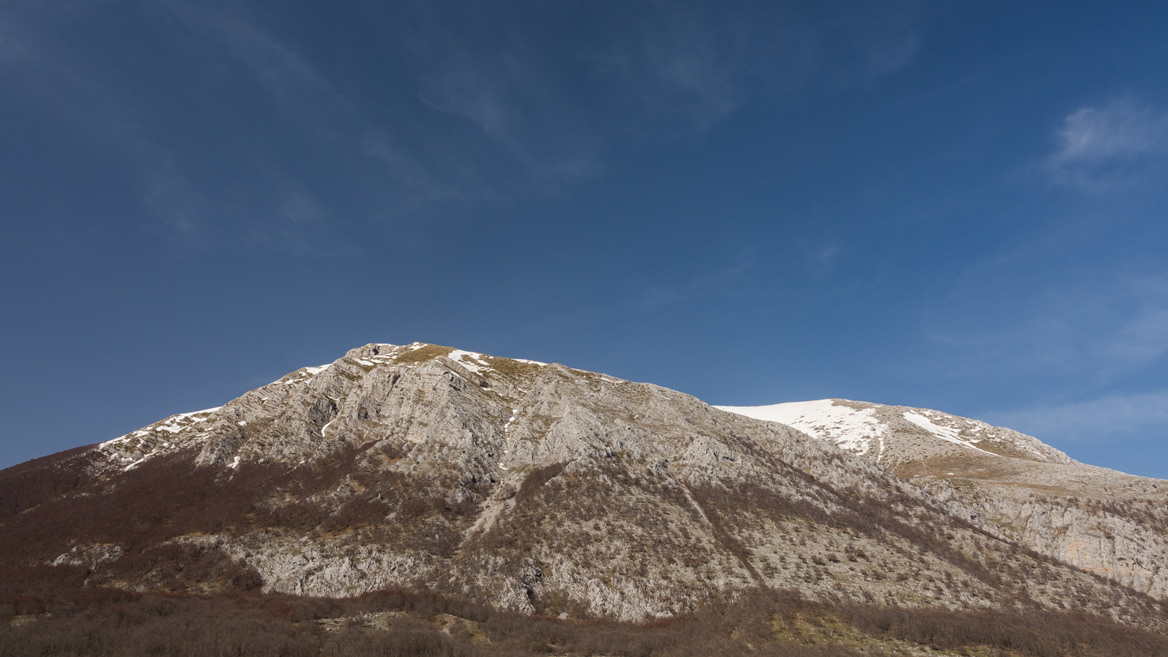
2018
P.N.A.L.M. - Part III
The National Park of Abruzzo, Lazio and Molise is a national park including for the most part (about 3/4) in the province of L'Aquila in Abruzzo and for the remainder in that of Frosinone in Lazio and in that of Isernia in Molise. It was inaugurated on 9 September 1922 in Pescasseroli, the current headquarters and central management of the park, while the body of the same name had already been established on 25 November 1921 with a provisional directorate. Its establishment took place officially with the Royal decree-law of 11 January 1923.
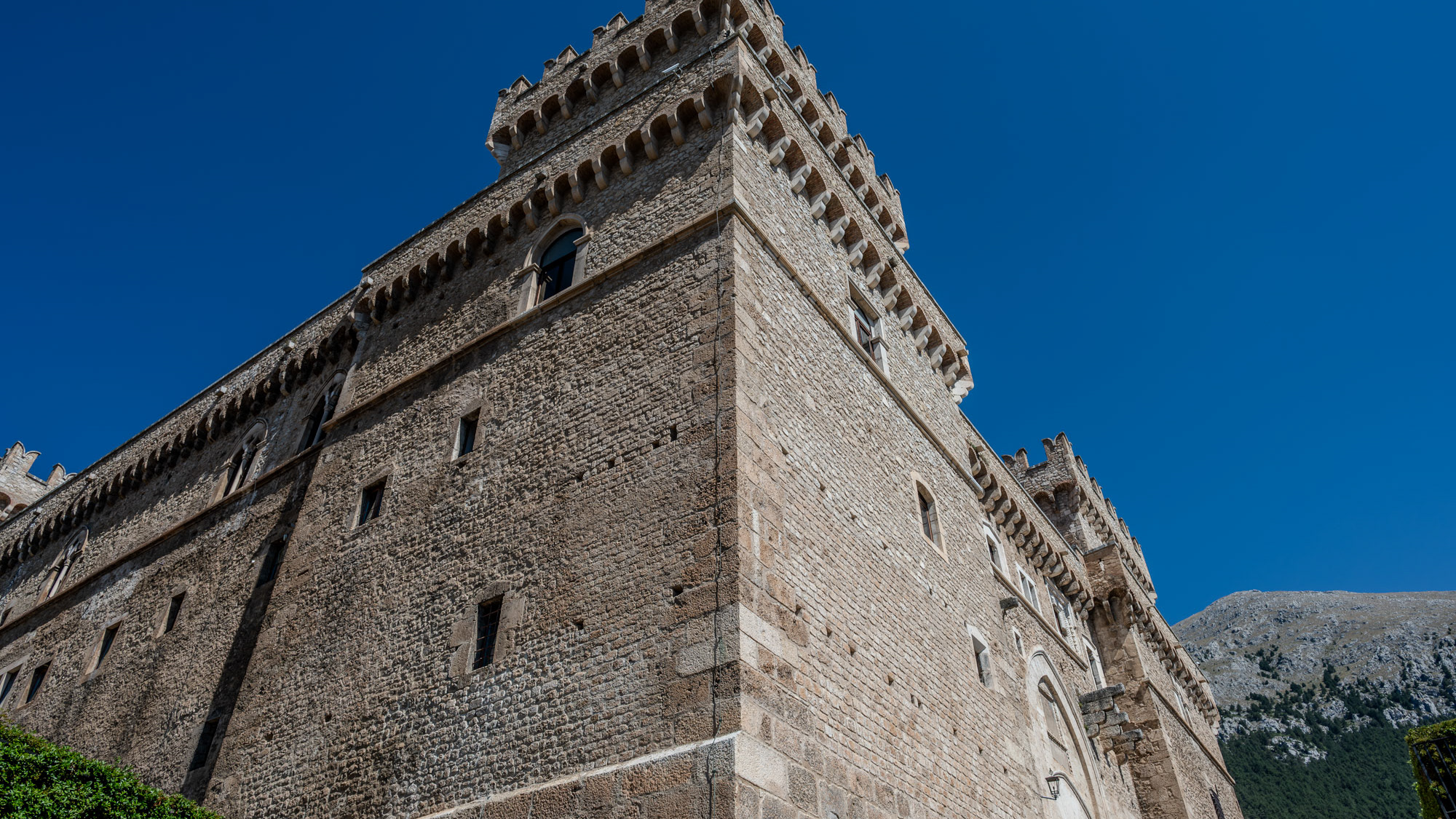
2024
Celano. The Piccolomini Castle
The Piccolomini Castle of Celano overlooks the Fucino plain, once occupied by the third largest lake in Italy, majestically and imposingly.
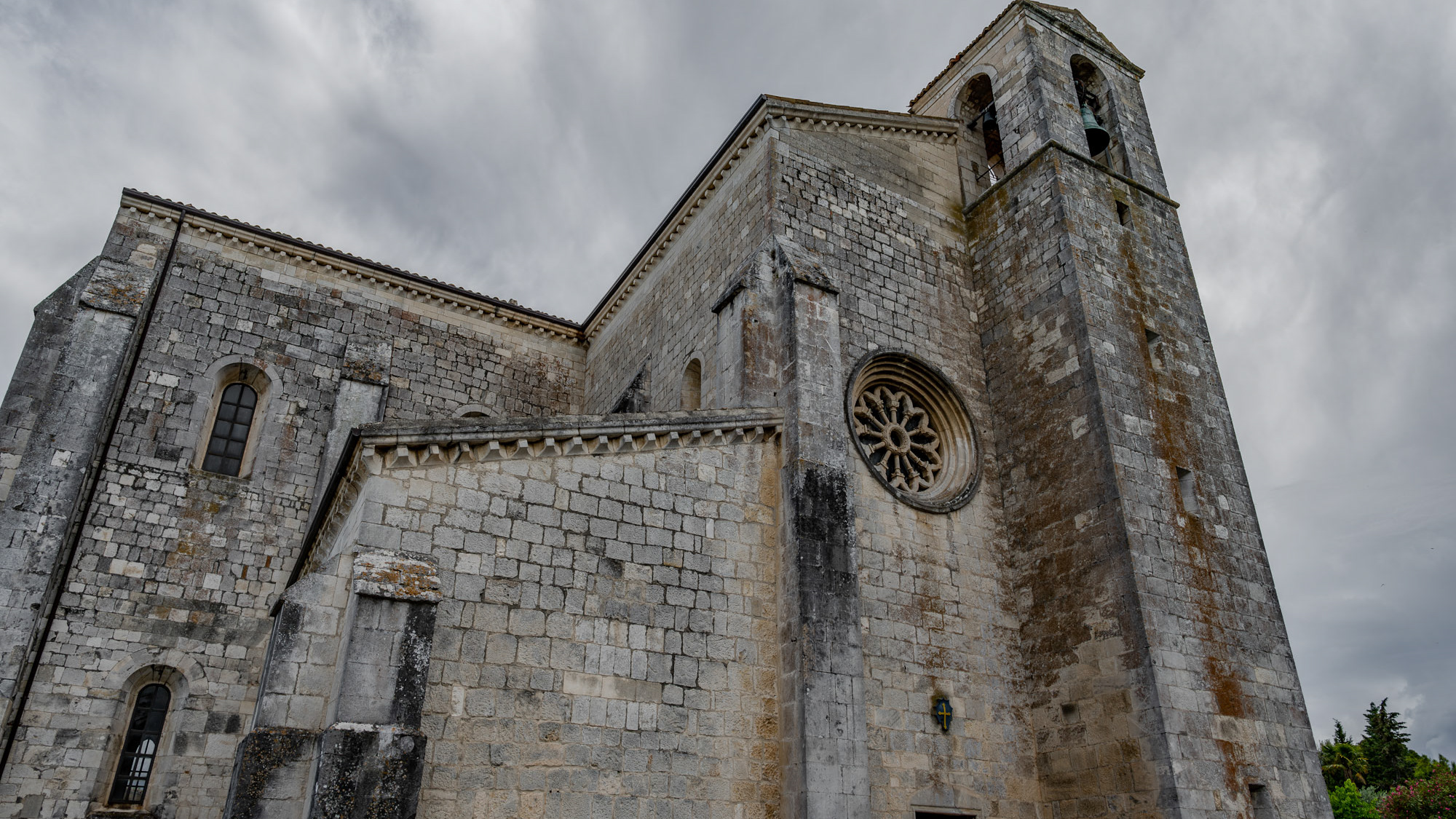
2024
Manoppello. Abbey of Santa Maria Arabona
Santa Maria de Arabona is an abbey dating back to the end of the 12th century located in the hamlet of the same name in the municipality of Manoppello (PE), declared a national monument in 1902.
2023
Pescara. La Nave fountain
One of the best-known and most identifying city monuments, the La Nave fountain was created by Pietro Cascella in 1986 in travertine marble. It was inaugurated on 4 July 1987
